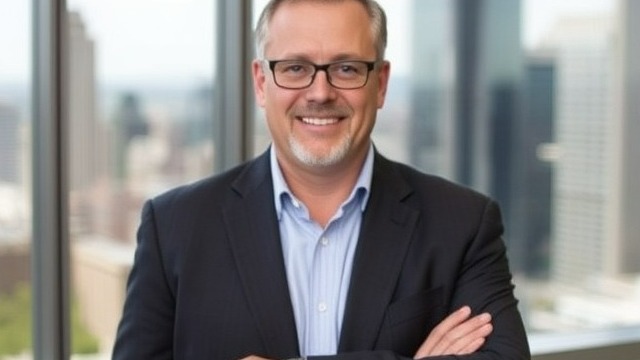
AVIA’s Strategic Move to Elevate Healthcare
In a significant shift for the health tech landscape, AVIA has appointed Clay Holderman as its new Chief Executive Officer, effective February 10th. This strategic move positions AVIA, a leader in digital transformation for health systems, to enhance its role in revolutionizing the healthcare ecosystem. Holderman arrives with an impressive history, having helmed UnityPoint Health, a formidable $4.5 billion health system, where he demonstrated profound expertise in navigating complex healthcare challenges. His qualifications span decades, making him a key player in this rapidly evolving sector.
Leveraging Transformational Experience
Clay Holderman’s appointment is not just about filling a position; it's about leveraging his extensive background in healthcare leadership to propel AVIA into its next growth phase. His previous roles at Presbyterian Health Services and advisory positions in private equity represent a wealth of knowledge that he will bring to the table. For concierge practitioners uncertain about technology’s intersection with healthcare, Holderman's seasoned approach offers reassurance that technological advancements in care delivery can indeed streamline operations, enhance patient relationships, and ultimately boost practice growth.
The Challenge of Digital Transformation
Healthcare providers often grapple with integrating technology into their practices. Holderman’s focus on a collaborative model is particularly pertinent for concierge health practitioners who may feel overwhelmed by the tech-heavy demands of modern healthcare. By uniting various stakeholders — from healthcare systems to providers — the collaborative framework aims to tackle pressing issues such as care model transformation, value-based care, and rapid acceleration of Artificial Intelligence (AI) in the healthcare sector.
Building on AVIA’s Strengths
Holderman expressed enthusiasm regarding AVIA’s capabilities and the potential to enhance existing solutions like AVIA Nexus. This platform is designed to connect healthcare systems, partners, and providers, offering robust solutions to both common and complex challenges faced in practice today. As concierge practitioners seek to maintain their standing and grow within communities, understanding and utilizing such integration platforms becomes vital for remaining relevant and responsive to patient needs.
Empowering Concierge Health Practitioners
For practitioners in concierge medicine, the evolving landscape necessitates adaptability. Holderman’s vision aligns closely with the needs of practitioners who are facing a growing number of patient demands amid shifting technology paradigms. Providers await clarity on how to utilize tech solutions effectively, ensuring they maximize patient care while also embracing innovations. The emphasis on training and resources can help demystify technology, creating a more informed approach to patient interactions.
Future Outlook for Health Systems
As AVIA steps into this new chapter with Holderman at the helm, the focus on integrated delivery systems and value-based care will play a critical role in shaping the future of health systems across the country. The insights and strategies he fosters are anticipated to ripple throughout the field, encouraging health practitioners, particularly concierge models, to leverage technology for optimal outcomes. Holderman’s commitment to collaboration and innovation is expected to bridge gaps, fostering stronger connections between healthcare providers and their patients.
A Path to Smart Technology Adoption
In conclusion, the arrival of Clay Holderman as CEO offers a promising outlook for AVIA and the health tech industry. His wealth of experience is a necessity for driving AVIA’s mission of tackling the challenges of digital transformation head-on. Concierge health practitioners stand to benefit from his leadership, empowering them to navigate the complexities of technology with confidence. As the industry evolves, keeping abreast of such changes not only strengthens individual practices but also enhances overall patient care outcomes.
 Add Row
Add Row  Add
Add 




Write A Comment